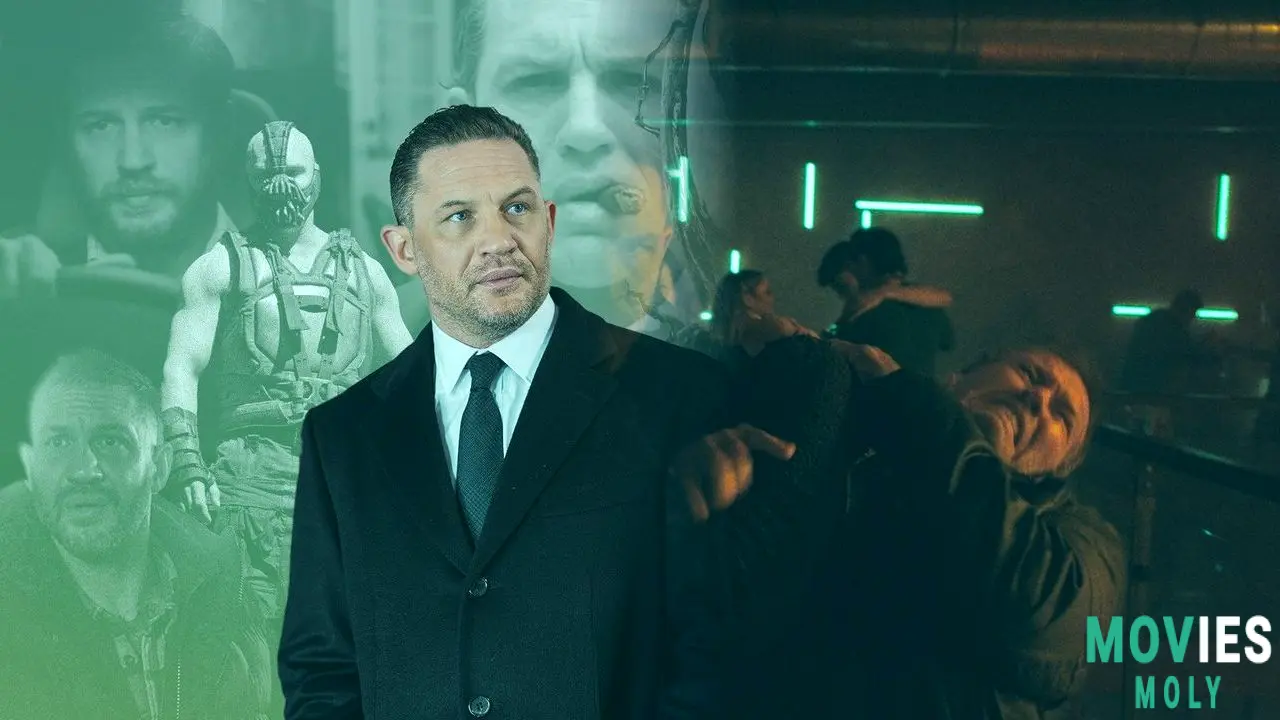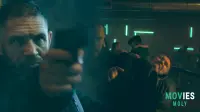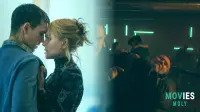By Nicolas Ayala
There’s a moment early in Gareth Evans’ new Netflix action tour de force Havoc that perfectly encapsulates the tone of the film—and the state of Tom Hardy’s onscreen persona in 2024. A drug deal has gone sideways. Chaos erupts. Amid the carnage, Hardy’s Walker, a jaded and morally ambiguous cop, scoops a pile of cocaine into a coffee cup. It’s a small gesture, one that sparked the entire plot in Evans’ mind, but in Hardy’s delivery, it becomes an exclamation point: world-weary, desperate, and dangerously composed.
Shot entirely in Wales but set in an unnamed American city, Havoc is a grim, gore-soaked descent into corruption, identity, and survival. It’s Evans at his most unflinching since The Raid, and Hardy—who also served as a producer—is the perfect lead for this bloody ballet. Not because he’s clean-cut or heroic, but because he embodies a certain worn-out masculinity that’s still capable of exploding into savage energy at a moment’s notice.
Hardy’s Walker Is a Physical and Emotional Weapon Wielded with Expert ControlHardy’s performance in Havoc leans into everything fans have come to recognize—and sometimes question—in his acting toolkit. The “funny accent” makes another appearance, this time as a high-pitched, almost squeaky New York drawl that teeters between parody and precision. But beneath the odd vocal choice is a character study in control, collapse, and calculation. Walker rarely meets eyes with other characters, using Hardy’s signature downward glance as a shield and a signal. When he locks eyes, it’s with a wild, squinting intensity that promises violence.
What sets this performance apart is how Hardy turns these familiar mannerisms into a language. The eye-avoidance becomes introspection. The grunts become punctuation. And the devilish smiles—bright teeth flashing like a mischievous child’s—become moments of unsettling charm. Hardy isn’t repeating himself. He’s refining a lexicon of expression that he’s been building since Band of Brothers, through roles like Locke, Mad Max: Fury Road, and even the campy creativity of the Venom trilogy.
Havoc Fuses Evans’ Relentless Action with Hardy’s Morally Complex Heroism
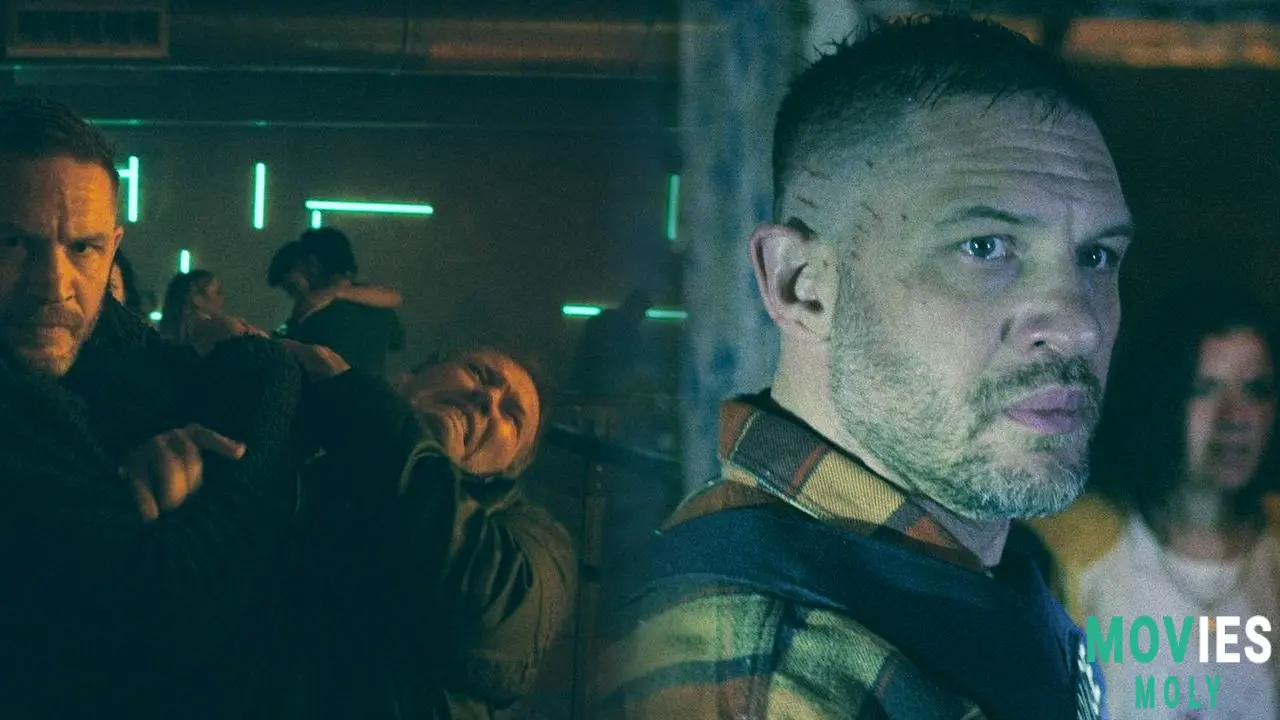
Director Gareth Evans describes the collaboration with Hardy as a fusion of two styles: his own instinct for kinetic, ground-level action, and Hardy’s deep dives into characters who exist in moral gray zones. The result is Havoc, a film that doesn’t flirt with irony or style for its own sake. This is a world where bullets don’t just hit bodies—they tear them apart. Where a harpoon death is filmed not for shock, but for lingering, horrifying impact. And where Hardy’s Walker moves through the violence with a kind of broken poetry—a body that lumbers yet hesitates, as if it’s been damaged both physically and emotionally over time.
Evans’ choice to film practical stunts in Wales—transforming locations like Swansea’s Brangwyn Hall into American police precincts—only grounds the film further in reality. It’s a testament to both Evans’ and Hardy’s commitment that Havoc feels authentically gritty, even when it’s hyperviolent. This isn’t gore for giggles. It’s storytelling through extremity.
After Years of Polarizing Roles, Hardy Embraces a New Layer of Cinematic Weariness
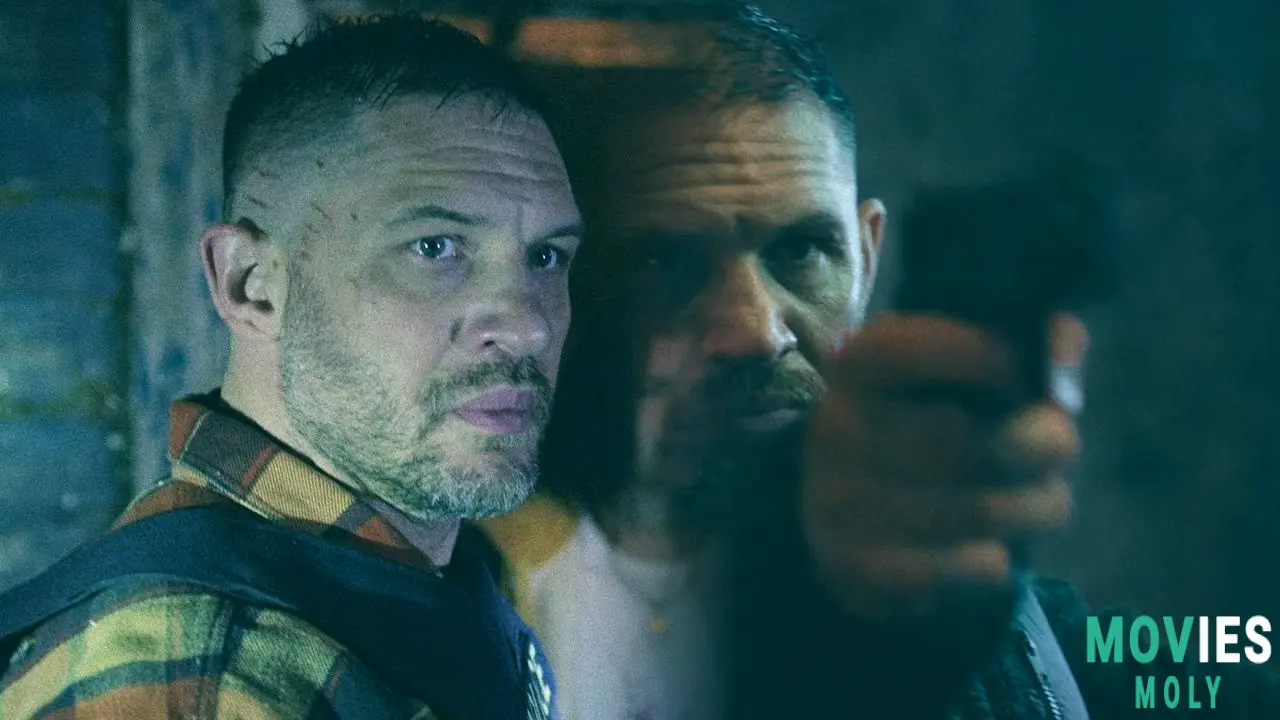
Hardy’s career has been a winding journey through superhero blockbusters, indie dramas, and TV experiments. From the misunderstood menace of Bane in The Dark Knight Rises—where he famously sacrificed intelligibility for presence—to the symbiotic silliness of Venom, where he gamely played with the duality of Eddie Brock and a carnivorous alien in his body, Hardy has never stuck to a single lane. Critics have compared him to Cage and Brando, some loving the risk, others seeing it as indulgence. But Havoc shows Hardy squarely in his element: taking character tropes and turning them inside out.
What’s especially striking is Hardy’s embrace of age and imperfection. Gone are the chiseled features of his youth. Now, with thinning hair, a stockier frame, and a face map marked by experience, Hardy looks more like the men he’s studying beneath the surface—worn, weathered, and still fighting. There’s a poetry in that transformation, a refusal to cling to Hollywood youthfulness in favor of something more honest.
Hardy’s Performance in Havoc Is a Rare Blend of Popcorn Appeal and Artistic Ambition
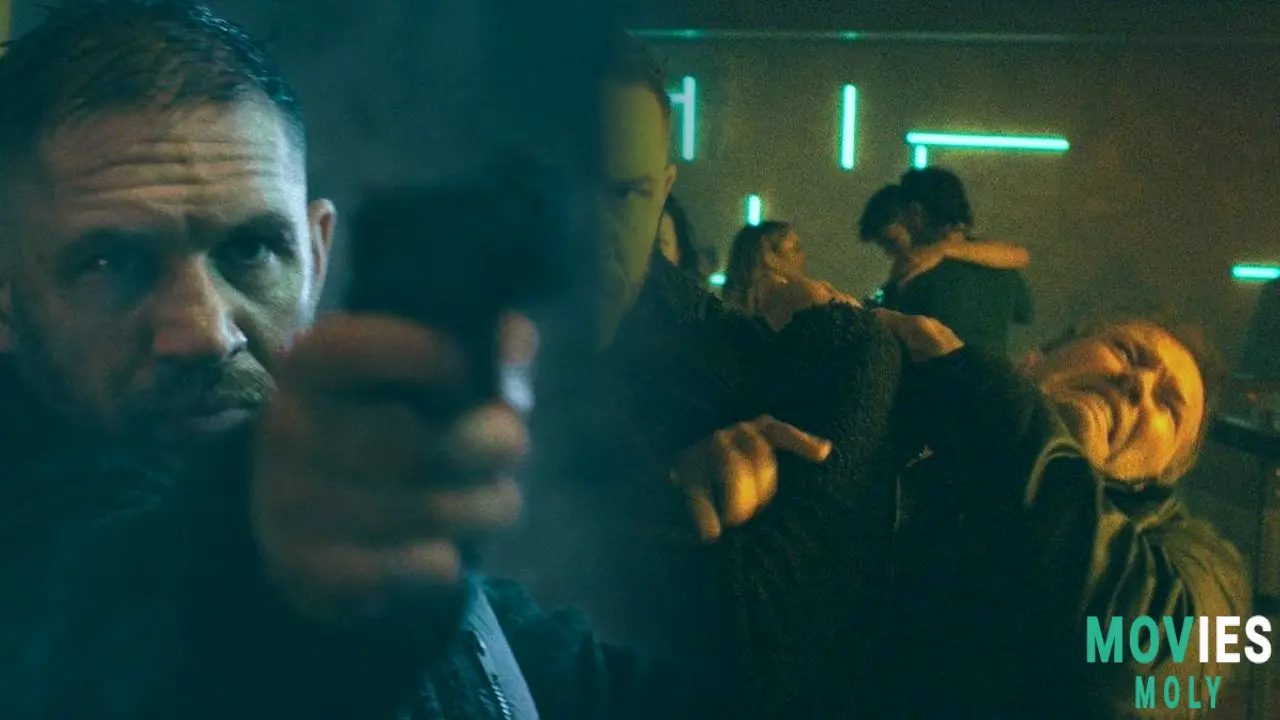
Havoc may be the kind of film that lives in the space between genre fandom and auteur admiration, but Hardy’s performance bridges that gap effortlessly. Whether he’s lurching through a blood-drenched nightclub fight, negotiating with a smile that’s one step away from a grimace, or simply existing in a scene long enough for the audience to feel his patience wearing thin, Hardy commands attention without begging for it.
This is the same actor who gave us Stuart: A Life Backwards—a messy, emotional bullrush of a performance that forced audiences to rethink what “dramatic” means—and the same one who now lets us have fun with Venom like it’s his personal playground. Havoc isn’t just another Hardy outing. It’s a masterpiece of matchmaking: a director who understands action as emotion, and an actor who turns emotion into tactical performance.
Havoc Isn’t Just an Action Thriller—it’s Hardy’s Latest Character Exploration
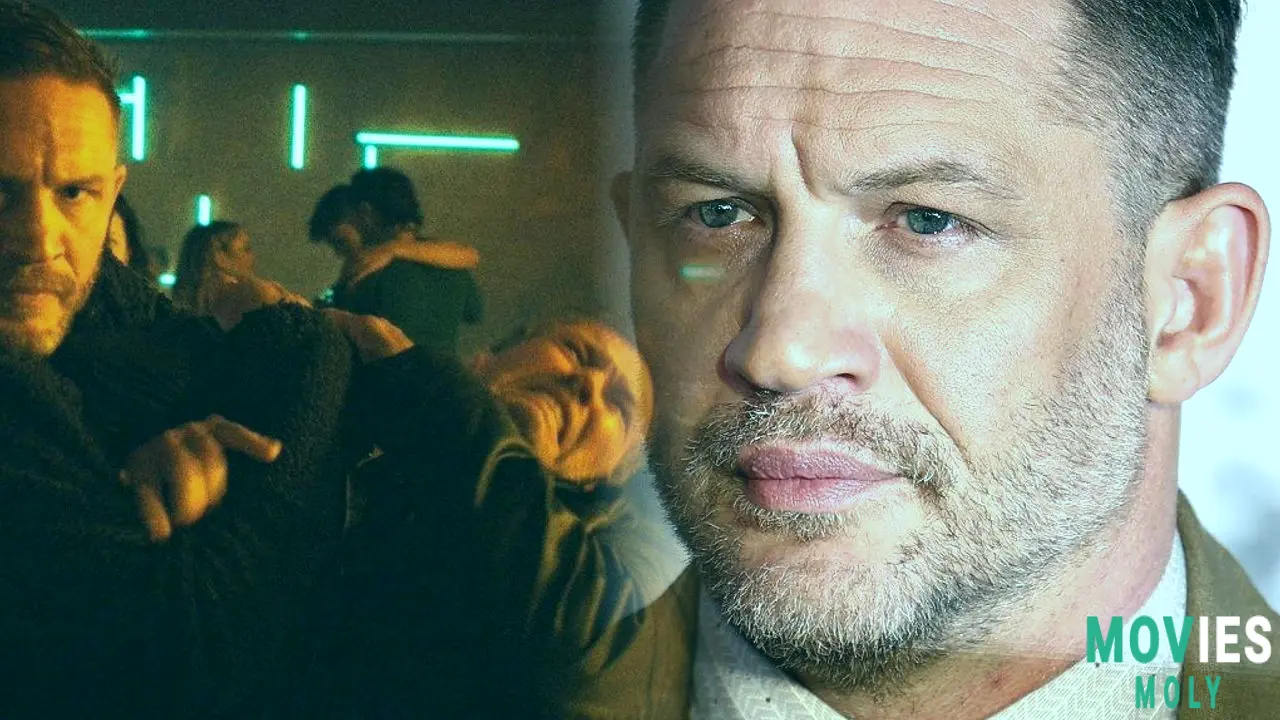
In a film industry increasingly obsessed with brand safety and demographic testing, Tom Hardy remains a fearless experimenter. Havoc gives him no lines of dialogue to butcher with subtext, no time to rest between scenes, and no moral ground to stand on. And he thrives. Whether you love him, don’t get him, or find yourself wondering if he’s inventing a new form of acting, Hardy’s Walker is a character that sticks to your ribs.
He’s not looking at you when he says it, but he means it all the same: Havoc is Tom Hardy unleashed. And it’s glorious.

